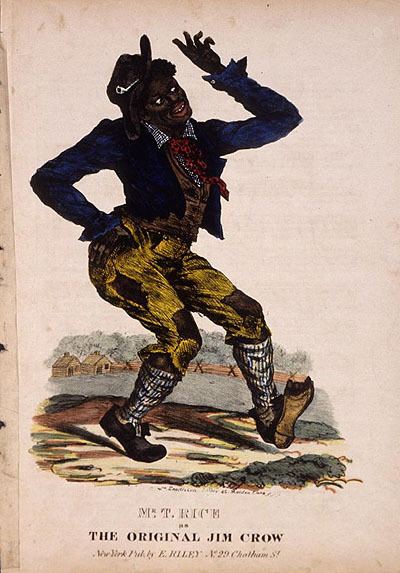This is a timeline of music in the United States from 1820 to 1849.
(Text) CC BY-SA

